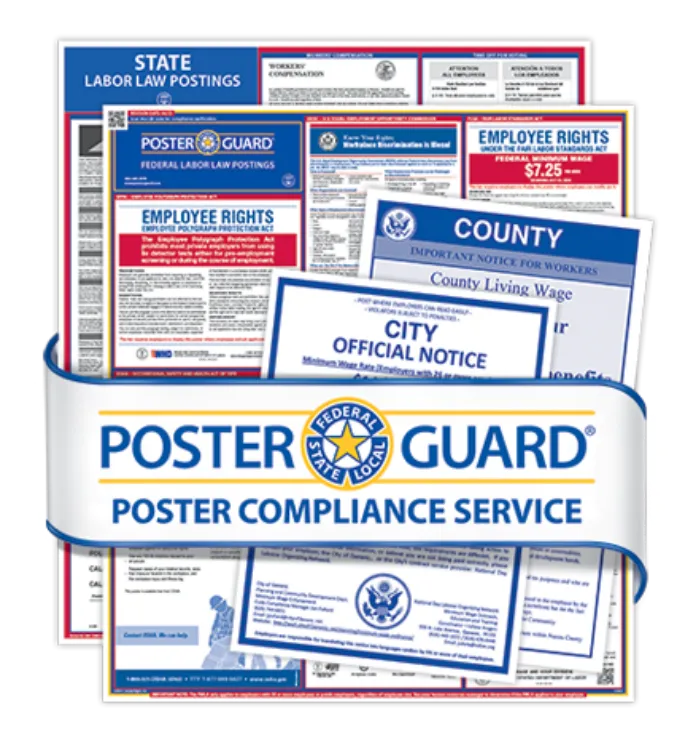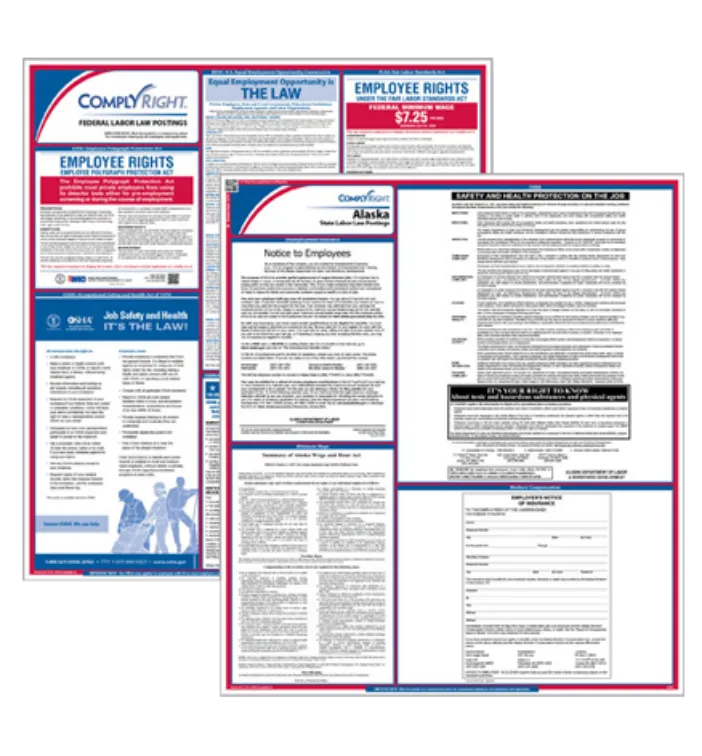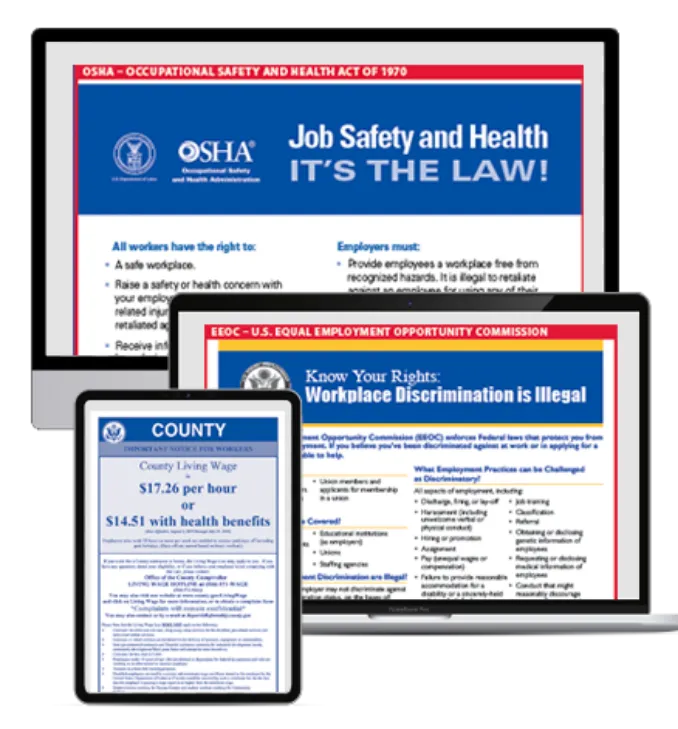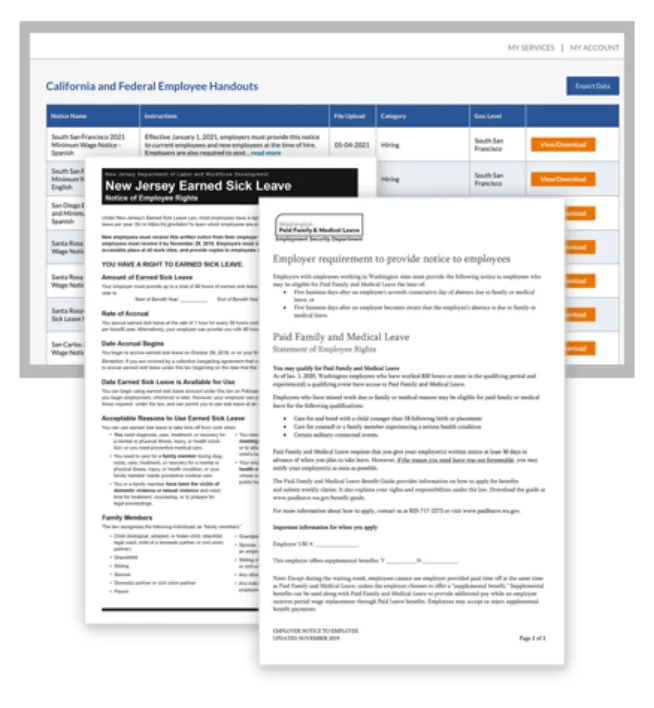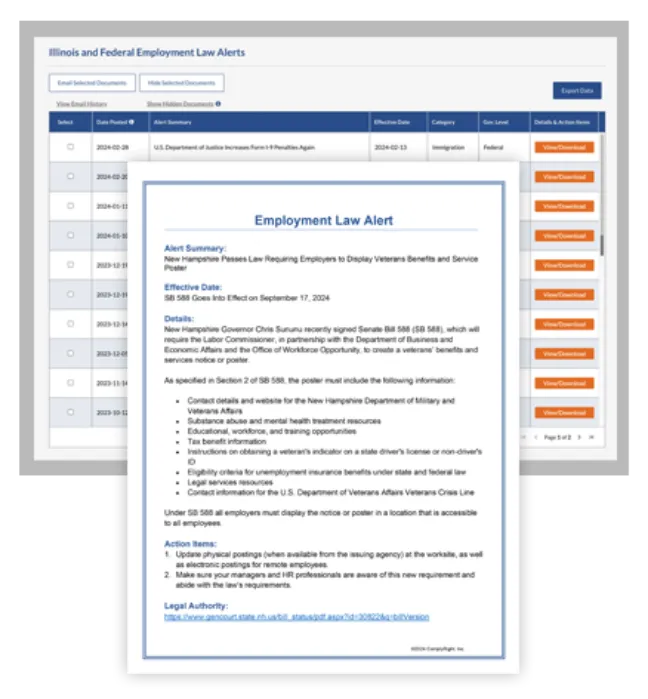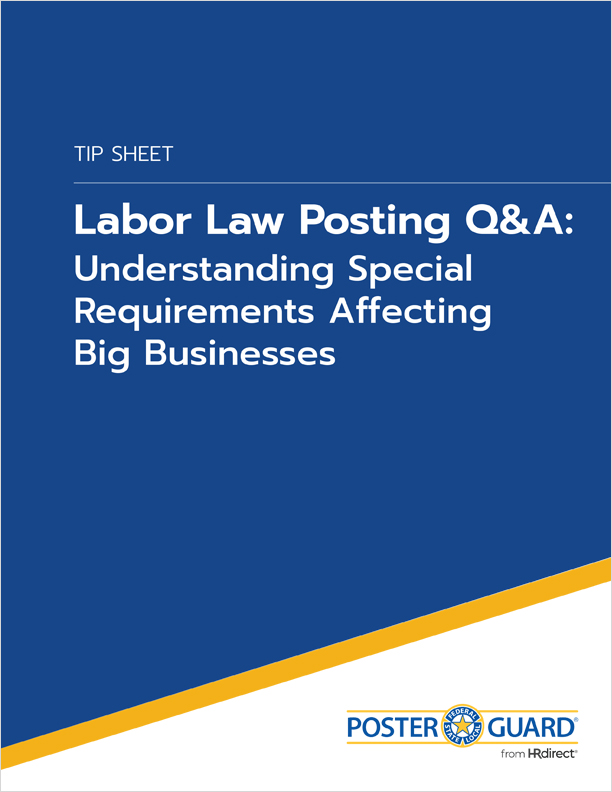A surge in reported coronavirus cases isn’t the only concern among U.S. employers right now. Beyond the practical challenges of a growing pandemic, businesses must carefully monitor and address a slew of COVID-related laws to avoid potential legal complications. Since the spring of 2020, a handful of federal, state and local laws have been passed in response to the public health emergency.
As quickly as new laws are being passed, the pace of litigation is increasing. And that’s for businesses of all sizes. Of the more than 280 COVID-related lawsuits recorded in federal and state courts this year, 43% were filed in June — a 103% increase from just two months prior (according to the Fisher Phillips COVID-19 Employment Litigation Tracker). With disputes between workers and employers growing, it’s vital to take proactive steps to protect your business during these heightened times.
Discrimination and Employee Leave Claims Take the Lead
When it comes to COVID-related litigation, the biggest proportion of lawsuits are occurring in a few states. California is leading the way with more than 70 cases filed, followed by Florida and New Jersey with more than 40, then New York and Texas coming in with more than 30 cases.
Beyond these state-specific figures, the two most prevalent types of claims in recent months are discrimination claims and employee leave/work-from-home claims. This has manifested a few different ways:
- A gender discrimination case from a pregnant woman who was furloughed and then replaced by a non-pregnant individual
- A disability discrimination claim from an employee who was forced to reveal a multiple sclerosis diagnosis for an accommodation request, and then terminated
- A sexual harassment claim from an employee claiming her boss terminated her for refusing his sexual advances, rather than the pandemic, as indicated
- A worker who was sent time with flu-like symptoms and terminated, even after presenting a negative COVID-19 test result
Following closely behind discrimination claims are those involving employee leave or work-from-home arrangements. These tend to follow a certain theme, where the employee didn’t receive time off from work or the option to work from home, in spite of eligibility under the federal Families First Coronavirus Response Act (FFCRA) and other state and local leave laws. The eligibility for employee leave varies, from the worker’s own medical condition, vulnerabilities or COVID-19 diagnosis to specific childcare or family care needs.
In the face of a growing health and safety crisis, the FFCRA was passed to provide paid sick leave for COVID-related reasons. It’s the first federal leave law to extend paid leave benefits.
After these two biggest areas of concern, the other issues that are arising for employers during the COVID-19 pandemic are retaliation, unsafe working conditions, and wage and hour violations. Specific cases have included:
- Class action lawsuits by groups of workers stating their employer failed to implement safety protocols, policies and other safeguards against COVID-19
- Claims alleging an employer didn’t offer necessary personal protective equipment (or PPE), or provided the PPE but didn’t train on its proper usage
- Class action lawsuits asserting workers weren’t compensated for overtime, emergency comp time or on-call time
Tactics to Uphold COVID-Related Laws and Avoid Problems
It’s obvious that COVID-19 is presenting compliance challenges for employers in ways never seen before. Now, more than ever, every HR professional and manager must be well-versed in the latest employee leave and safety requirements, in addition to reinforcing existing practices regarding discrimination, harassment and proper time/pay.
Here are some recommended actions to shield your business during the pandemic:
- Keep anti-discrimination/harassment laws at the forefront — When making any employment decisions, be mindful of all federal laws that protect employees based on race, color, religion, national origin, gender, age, disability and other factors (such as pregnancy or sexual orientation). Always consider any potential adverse impact on protected classes of employees. For example, if you’re faced with furloughing or terminating a group of employees who perform essentially the same job function, the fairest approach is to cut by hire date, assuming all other factors are equal.
- Uphold federal, state and local leave laws — If you’re a private employer with fewer than 500 employees or a public employer, you must permit employees to take 80 hours of paid sick leave for COVID-19 related reasons under the FFCRA. An employee may also be eligible for up to 12 additional weeks of unpaid leave and job protection under the Family and Medical Leave Act (FMLA). Further still, new and/or expanded state, county and city laws now provide paid leave for many of the same reasons as the FFCRA.
- Be open to reasonable accommodations under the Americans with Disabilities Act (ADA) — Employees have the right to request a reasonable accommodation under the ADA, and you must provide it if it does not create an “undue hardship.” Remote work is considered a reasonable accommodation. If an employee with a disability is at higher risk of contracting COVID-19 and asks to work remotely to reduce their exposure, you must consider the request under the ADA and make an effort to accommodate it.
- Develop a safety-focused return-to-work plan — You can help ensure the health and safety of your employees through workplace social distancing, increased cleaning and hygiene measures, the requirement to wear masks, distribution of additional PPE, and regular symptom checks and temperature readings. It’s also a good idea to vary employee return dates and stagger work shifts to reduce employee traffic and overall risk in the workplace.
- Follow time and pay rules by the book — If you’re allowing remote work during the pandemic, be especially mindful of time and pay requirements under the Fair Labor Standards Act (FLSA). Be clear about expected work hours with nonexempt, hourly employees, and use an electronic system for tracking hours, if possible. Emphasize that nonexempt employees should never do any work ‘off the clock,’ and that any overtime hours must be approved by management in advance. For exempt, salaried employees, you should focus on their goals and deliverables, rather than monitoring their hourly output or establishing a fixed work schedule (unless necessitated by the role).
- Conduct training on new policies and procedures — In addition to training all employees on new safety protocols, provide separate training for supervisors on how to handle employee requests for leave, what to do if an employee exhibits symptoms while on site, and your expectations on how they should address and enforce any new policies.
Make Posting Compliance a Priority Year-Round
Given the magnitude of government fines and possible legal exposure, it’s critical to remain current with labor law posting requirements. Poster Guard® Compliance Protection gets your business up to date with all mandatory labor law postings — and keeps it that way for an entire year. We guarantee our posters are 100% compliant with all federal, state, county and city regulations; if you’re ever found out of compliance, we pay the fines. It’s an added level of protection that demonstrates good faith in communicating employee rights and upholding your legal obligations.
Additionally, the Mandatory Employee Handout Service gives you immediate access to notifications often triggered by employee events — such as a request for medical leave. You'll have all the employee notifications required by federal, state, county and city laws.

